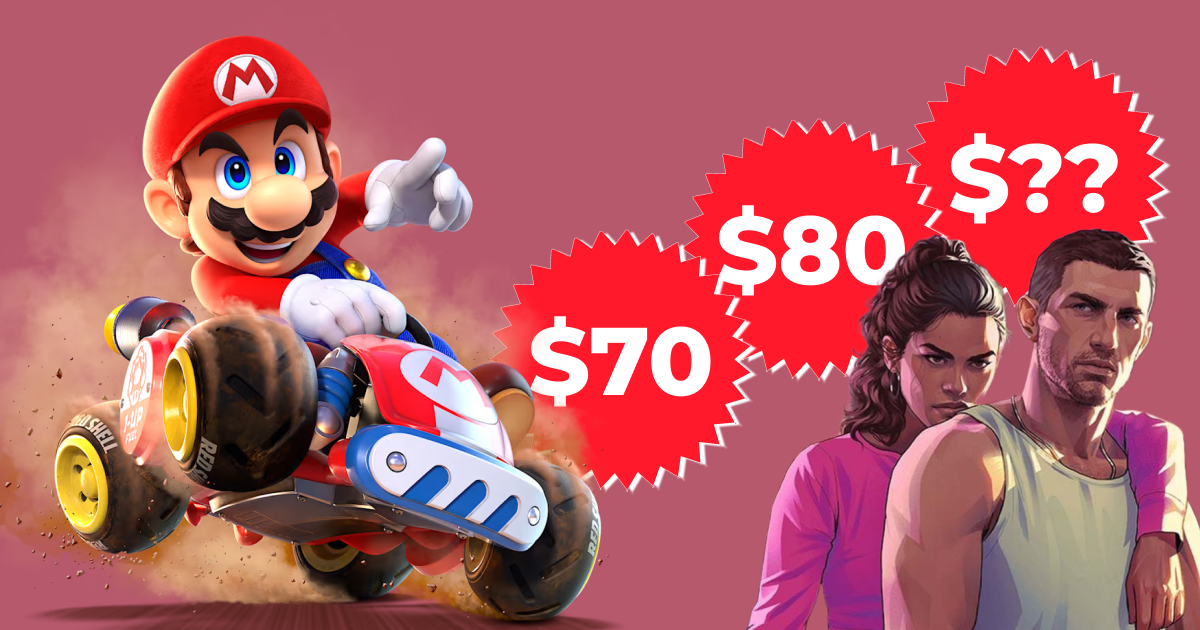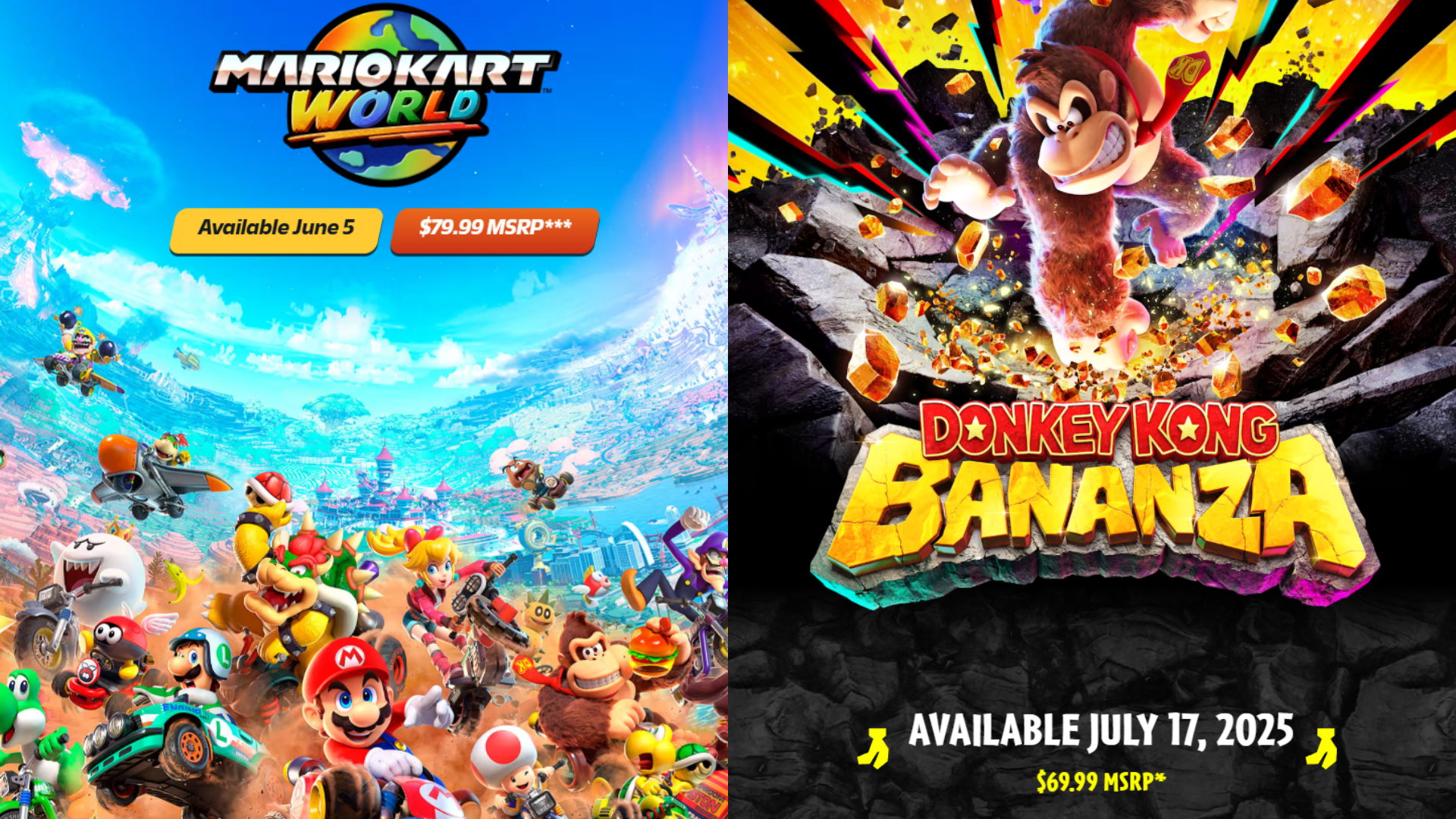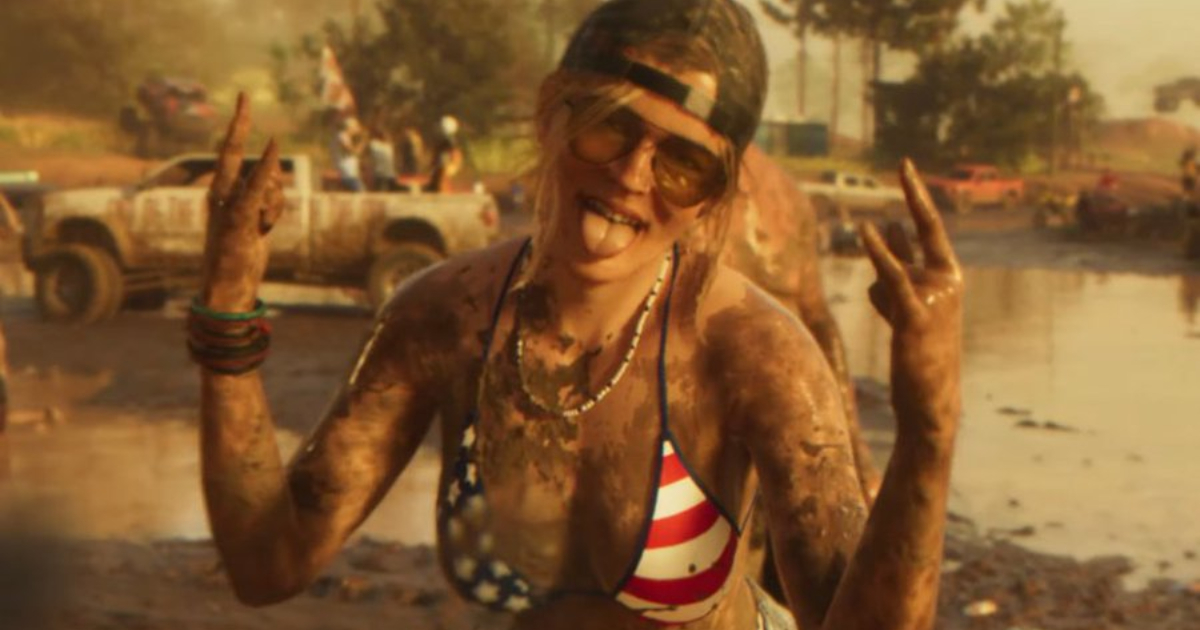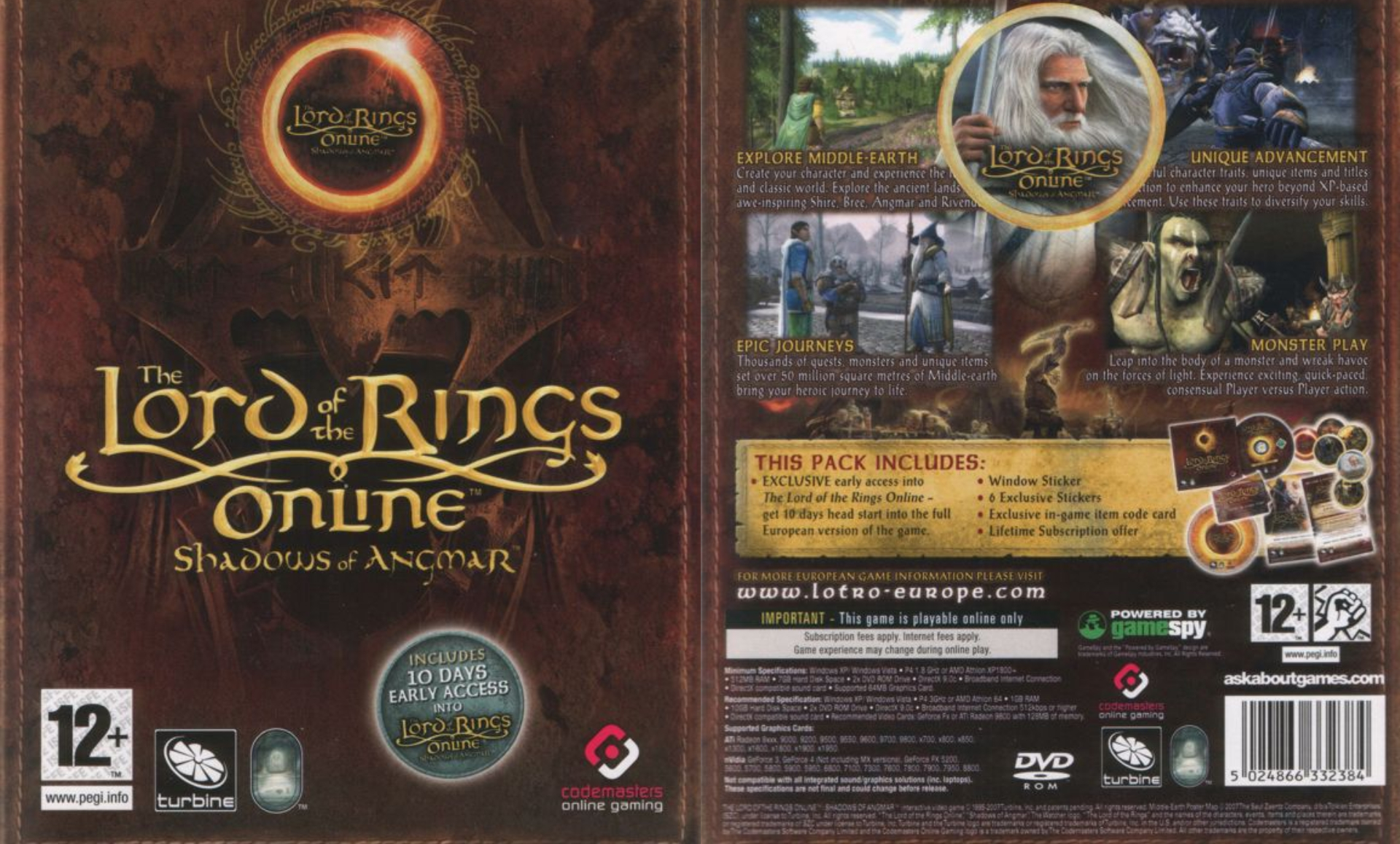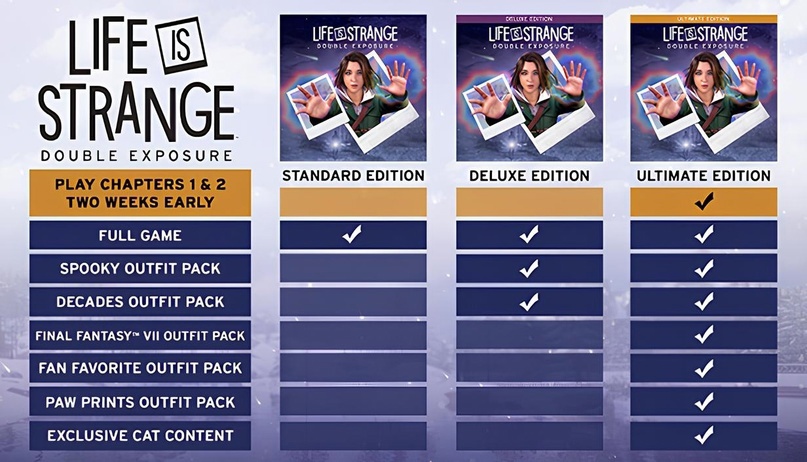Why It's Time to Change Game Prices, But Not How AAA Publishers Are Doing It
After the presentation of the Nintendo Switch 2, the debate about rising game prices flared up again. Many latched onto the $80 price tag of Mario Kart World, forgetting to take a broader look at the situation. Major publishers are increasingly resorting to manipulations, disregarding the changing realities of the market. Possible solutions to the problem are explored in our material.
Contents:
- Game Price Increases and Publisher Manipulations
- Pricing Challenges in the Gaming Industry: Three Ways Out of the Crisis
Game Price Increases and Publisher Manipulations
80 dollars for a game can fairly be considered a new psychological barrier, not easily crossed or accepted at first glance. However, when evaluating Nintendo's decision, one shouldn't forget its unique position in the market.
Today, it's the only platform holder that regularly releases system sellers and titles of various genres unavailable on other devices. There can be long discussions about the reasons for the price hike of key (not all) Switch 2 games, but the short answer is that the company simply can afford such a step.
Nintendo knows its target audience and the products it offers very well. People buy their consoles not for football simulators and Call of Duty, but for the new installments of Mario, The Legend of Zelda, and other franchises. Most of them are designed for the broadest audience — including families — while simultaneously offering deep core gameplay for hardcore gamers.
Based on these factors, Nintendo believes that users will be willing to pay $80 for the ability to play major exclusives on Switch 2.
The cost of two games from the Switch 2 launch lineup: Mario Kart World ($79.99) and Donkey Kong Bananza ($69.99)
Interestingly, there were times in the industry's history when individual games cost as much or even more. In 1992, Capcom sold the SNES version of Street Fighter II in Japan for 10,700 yen (around $85 at the average exchange rate of that year), and due to shortages and excitement, prices at some retailers reached up to $118. In the U.S., the game cost $75-80, depending on the state and retail chain.
Notable releases from the '90s also include Chrono Trigger and Final Fantasy III (actually the sixth installment, initially released in the U.S. as the third). Each of these sold in American retail for about $80 per cartridge, while the price of most major SNES releases didn’t exceed $50-60.
A Street Fighter II cartridge purchased for $79.99 at its U.S. release in July 1992 (Photo: Retro Game SuperHyper)
Returning to the present, the question arises: will the $80 price tag become the new standard?
Almost all major publishers likely want to raise prices, but most are taking a wait-and-see approach. Besides Nintendo, perhaps only Take-Two can afford such a move without worrying about competitors' actions. The company has GTA VI, whose release could shake up the market regarding game prices. Speculations about the price of Rockstar’s upcoming hit are best left to the numerous analysts. One thing is clear — GTA VI will certainly be in demand at $80, and even at $100 for the base edition.
The problem is that most companies aren’t Rockstar or Nintendo. Will the majority of buyers be ready to pay $80 for the next Assassin’s Creed or EA Sports FC, let alone new IPs from AAA publishers?
There’s no simple answer.
Microsoft releases all its projects on Game Pass. Ubisoft's and Electronic Arts' games are available at launch in top subscription tiers, and discounts on even the most high-budget titles can appear just a few months after launch. Meanwhile, disrupted production chains and internal management issues at major companies increasingly affect the final product quality. These factors undermine the significance of major releases and audience trust.
A frame from the GTA VI trailer
Nintendo seems to be virtually the only major company understanding the value of its flagship games. They rarely have significant discounts, and buyers can be confident that the titles won’t soon appear in subscription services and become devalued post-release.
Meanwhile, most AAA publishers have to resort to various tricks and manipulations to hide the constant increase in game prices beyond their base cost: deluxe editions, microtransactions, in-game stores, and selling 'cosmetics' in single-player titles. In other words, users increasingly pay not for a complete product.
In the current generation, one of the most common and seemingly compromise solutions has been the so-called “extended access,” allowing people to play games several days before their release.
This isn’t a new practice. Back in the 2000s, similar strategies were used by MMO project authors. For example, The Lord of the Rings Online offered a week-long beta for pre-ordering users. In addition to early access and various bonuses, they received a subscription discount and the opportunity to purchase lifetime game access for $199.
Physical pre-order of LotRO: Shadows of Angmar with the option to start playing 10 days before the official release (Cover photo: MobyGames)
Later, this strategy began to be selectively used by single-player game developers. Games had been split into editions with various bonuses for decades, but this concept was taking shape around the early 2020s. Indeed, in the PS5/Xbox Series generation, an integral feature of expensive deluxe editions was the ability to access a project several days (sometimes weeks) before its official release for pre-orders.
Today, this practice is widespread and not only regarding AAA titles. The pinnacle might be last year's Life is Strange: Double Exposure, which launched two weeks (!) early for Ultimate edition buyers. Its price was $80 — against $50 for the base game.
Editions of the latest Life is Strange: standard ($50), deluxe ($60), and ultimate ($80) — only the latter grants two-week early access to the first two episodes
Initially, this approach could be attributed to publishers wanting to capitalize on enthusiasts and hardcore fans eager to access the game early. Now, however, the industry seems to be attempting a widespread deception by disguising the actual game release and price increase under “extended access.”
It could be argued there's nothing wrong with waiting a few days and not overpaying for expanded editions. However, today, various “deluxes” for $100 or more act as the main versions, with the $70 price tag now for those late to the party.
